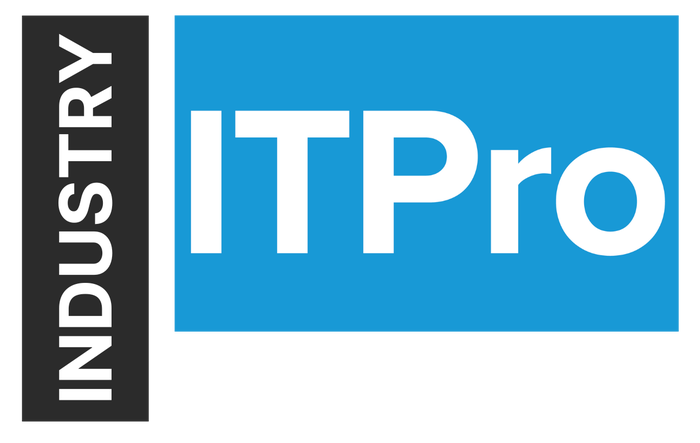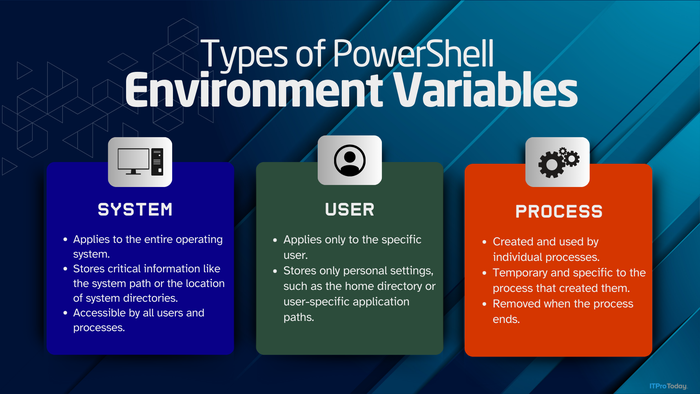
Insight and analysis on the information technology space from industry thought leaders.
How to Understand and Manage Cloud Costs with a Data-Driven StrategyHow to Understand and Manage Cloud Costs with a Data-Driven Strategy
Organizations struggle with unpredictable cloud spending, but improved data visibility, cost management, and long-term forecasting can turn cloud financials into a strategic asset for optimizing IT investments.
January 31, 2025

By John Stuart, Azul
Every month, cloud bills arrive with unwelcome surprises. Engineering teams exceed budgets, mysterious and unexpected charges appear, and finance teams struggle to attribute costs to specific projects. Despite the promise of cloud flexibility and economies of scale, many organizations find themselves losing control of spending across their dispersed infrastructure. According to Gartner, organizations with little or no cloud optimization plans rush into cloud technology investments. They end up overspending on cloud services by up to 70% without deriving the expected value from it.[1]
Understanding the costs associated with cloud infrastructure usage remains a fundamental challenge for most enterprises. Often without clear visibility into team expenditures and resource allocation, companies struggle to make strategic decisions about their cloud investments. But organizations that establish robust data visibility across their multicloud environments can transform cloud financial data into a strategic asset to optimize application experiences and operating costs.
The Cloud Cost Challenge
The shift to cloud computing has fundamentally changed how organizations provision and manage infrastructure. Teams that once competed for limited resources in on-premises data centers can now instantly access the computing power they need. But this flexibility has introduced new layers of financial complexity for enterprises.
Most organizations struggle with three core challenges in managing cloud expenditures. First, traditional monitoring tools fail to provide adequate visibility into cloud spending and resource allocation, making costs difficult to track and predict. Second, the elastic nature of cloud provisioning, combined with rising service costs, has led to exponential growth in IT spending that routinely exceeds yearly budgets. Third, the dynamic scaling of cloud services complicates long-term forecasting; even minor code misconfigurations can trigger massive cost overruns.
Developing Comprehensive Data Processes
Understanding your cloud spend starts with getting serious about data. If your cloud usage grew organically across teams over time, you're probably staring at a bill that feels more like a puzzle than a clear financial picture. You know you're paying too much, and you have an idea of where the spending is happening across compute, storage, and networking, but you are not sure which teams are overspending, which applications are being overprovisioned, and so on. Multicloud environments add even another layer of complexity to data visibility. Luckily, there is a path forward to solving the core challenges of cloud spending:
Step #1: Resource Allocation Visibility
Everything starts with getting granular with your data. Collect all the information you can and begin categorizing it to tell a complete story. Work with your teams to validate the numbers, create consistent reporting, and build automated insights. Think of it as creating a financial GPS for your cloud strategy — one that helps you navigate toward efficiency and smart spending, with the goal of transforming your cloud bill into a financial map. This will help tools provide adequate visibility into what you're spending money on.
Step #2: Reducing IT Expenses
Managing IT spending is about standardization. You should build a comprehensive collection of cloud cost and usage data; standardize data from different cloud providers or IT infrastructures into a consistent, comparable format, with clear mapping of costs to internal departments, teams, or products; and streamline reporting tools and methods to keep IT spending down. Equally important is ensuring that reporting reaches stakeholders where they operate, while accounting for the needs of intersecting disciplines like IT asset management, ITIL, and security teams.
Step #3: Planning for Long-Term Forecasting
With a holistic view of your data established, the next step is augmenting tools to gain a deeper understanding of your spending and application performance. To achieve this, consider employing a surgical approach by implementing specialized cost management and performance monitoring tools that target specific areas of your IT infrastructure. For example, granular financial analytics can help you identify and eliminate unnecessary expenses with precision. Real-time visibility tools provide immediate insights into cost anomalies and performance issues, allowing for prompt corrective actions. Governance features ensure that spending aligns with budgetary constraints and compliance requirements, while integration capabilities with existing systems facilitate seamless data consolidation and analysis across different platforms. Additionally, robust forecasting capabilities can help predict future costs and performance trends, enabling proactive financial planning.
Organizations with multicloud environments often require comprehensive tools that consolidate data across platforms. When evaluating solutions, focus on capabilities that align with your organization's specific needs: detailed financial analytics, real-time visibility, governance features, integration capabilities with existing systems, and forecasting abilities. There's no universal tool here; every organization will need to find the solution that works best for them.
Moving from Cloud Complexities to Strategy
As cloud environments continue to grow in complexity, the ability to understand and optimize cloud spending becomes increasingly critical. Enterprises that develop and maintain a comprehensive and strategic approach to financial management will be best suited to maximize technology investments. For decision-makers, it's clear that cloud financial management is no longer just an IT problem but a business strategy that requires multi-disciplinary collaboration and commitment to data-driven insights.
About the author:
John Stuart is vice president of Cloud Ops, Security, and IT at Azul.
----
[1] Gartner: Realize Cost Savings After Migration to the Cloud, 17 August 2022.
About the Author
You May Also Like








.jpg?width=700&auto=webp&quality=80&disable=upscale)
